(NLDO)- Con Moong Cave, a special archaeological site in Thanh Hoa , still contains many mysteries of many eras, from the old stone age to the new stone age.
Con Moong Cave (meaning animal in Muong language) is located in Thanh Trung village, Thanh Yen commune, Thach Thanh district, Thanh Hoa province. Con Moong Cave is located in the buffer zone of Cuc Phuong National Park, about 40 m long, with two open ends, the ceiling of the cave is 10 m high in some places, the cave stands out with the strengths of a unique archaeological site and many mysteries.
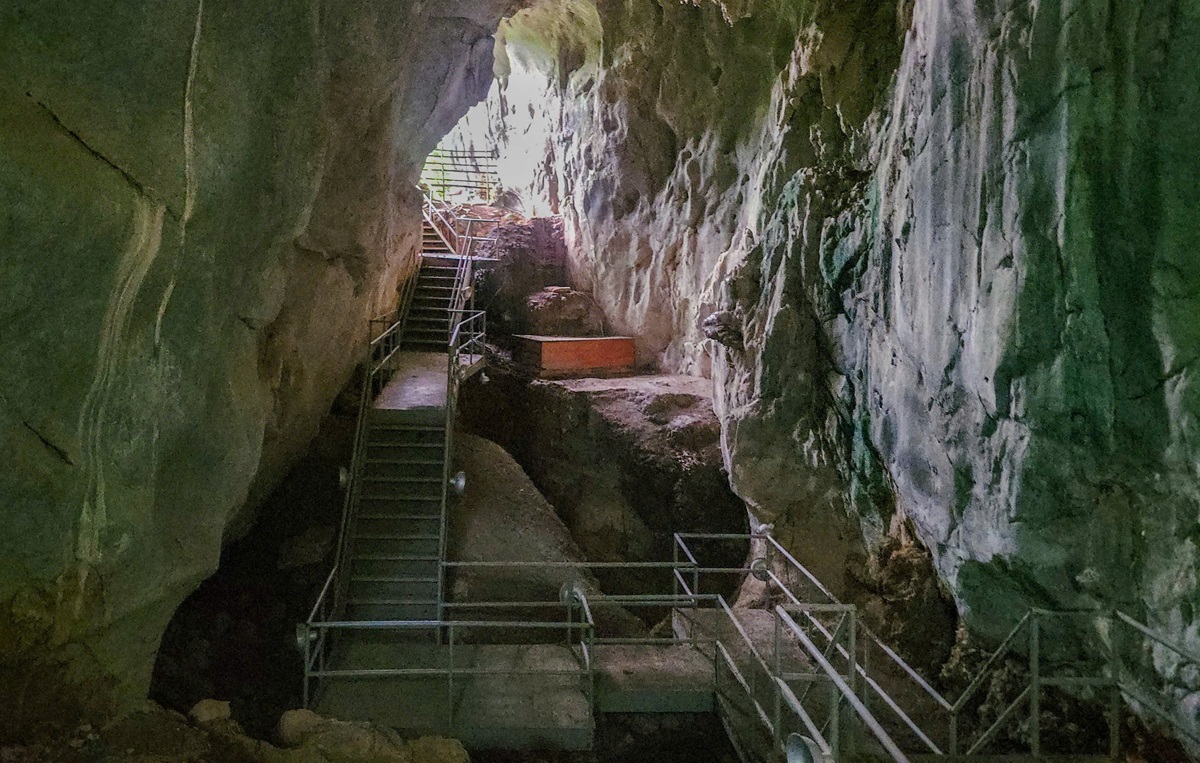
Inside Con Moong Cave - a special archaeological site of Vietnam
According to archaeological documents, Con Moong cave was discovered in 1974 and was almost completely excavated in 1976. After many excavations, scientists discovered that the cultural layer in the cave is very thick (about 3 to 3.2 m), containing cultural traces of many eras, from the Old Stone Age to the New Stone Age.
The results of carbon (C14) analysis on 10 samples by the Vietnam Institute of Archaeology confirmed that the earliest layer is about 15,000 years old, the middle layer is about 10,000 years old, and the upper layer is about 7,000 years old.
The most outstanding value of Con Moong Cave is the discovery for the first time of stratigraphic layers with traces of the continuous development of prehistoric humans from the Old Stone Age to the New Stone Age, from hunting and gathering to farming. This development is a great cultural achievement of mankind.
With the above historical and cultural values, in 2007, Con Moong Cave was recognized as a National Archaeological Site and in 2016, the Ministry of Culture, Sports and Tourism awarded a certificate of recognition as a Special National Archaeological Site.
Con Moong Cave is the fourth relic of Thanh Hoa recognized as a special national relic after Lam Kinh historical relic complex, Ba Trieu Temple relic and Ho Dynasty Citadel (currently a World Cultural Heritage).
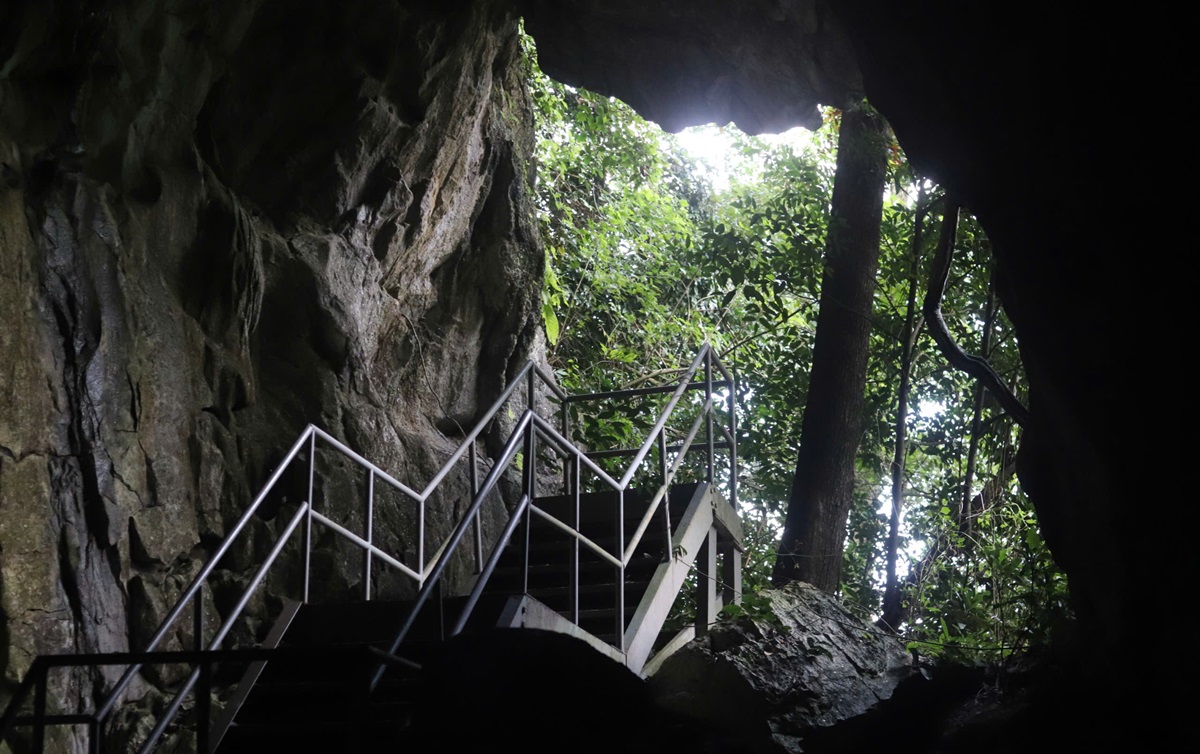
Con Moong Cave (called Con Thu Cave in Muong language) is located in Thanh Yen commune, Thach Thanh district, Thanh Hoa province, in the protected area of Cuc Phuong National Park, located in limestone mountains of Dong Giao formation, about 240 million years old.
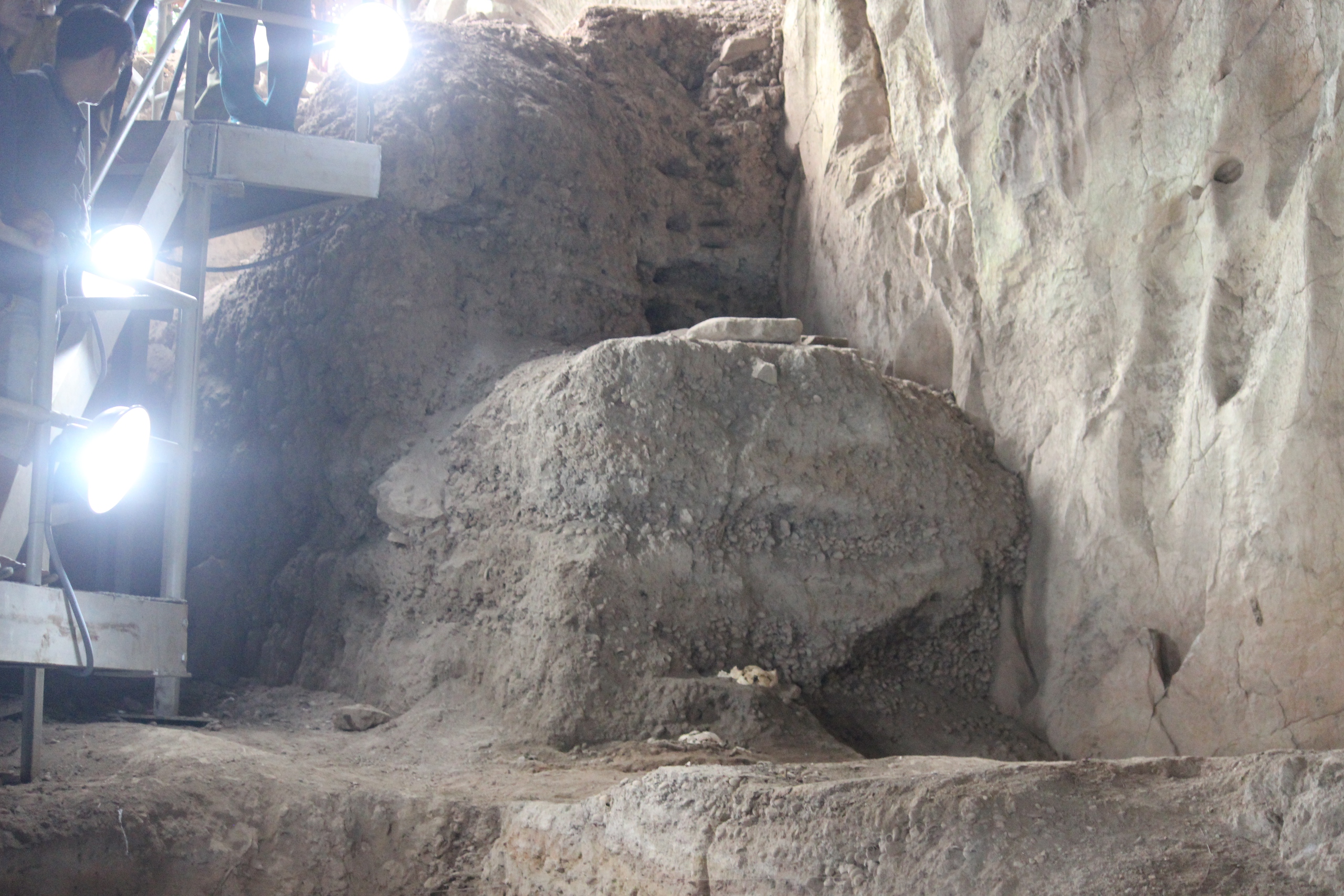
The cave was discovered in 1974 and first excavated in 1976. It is a two-headed cave, about 40 m long, with a ceiling about 9 m high.
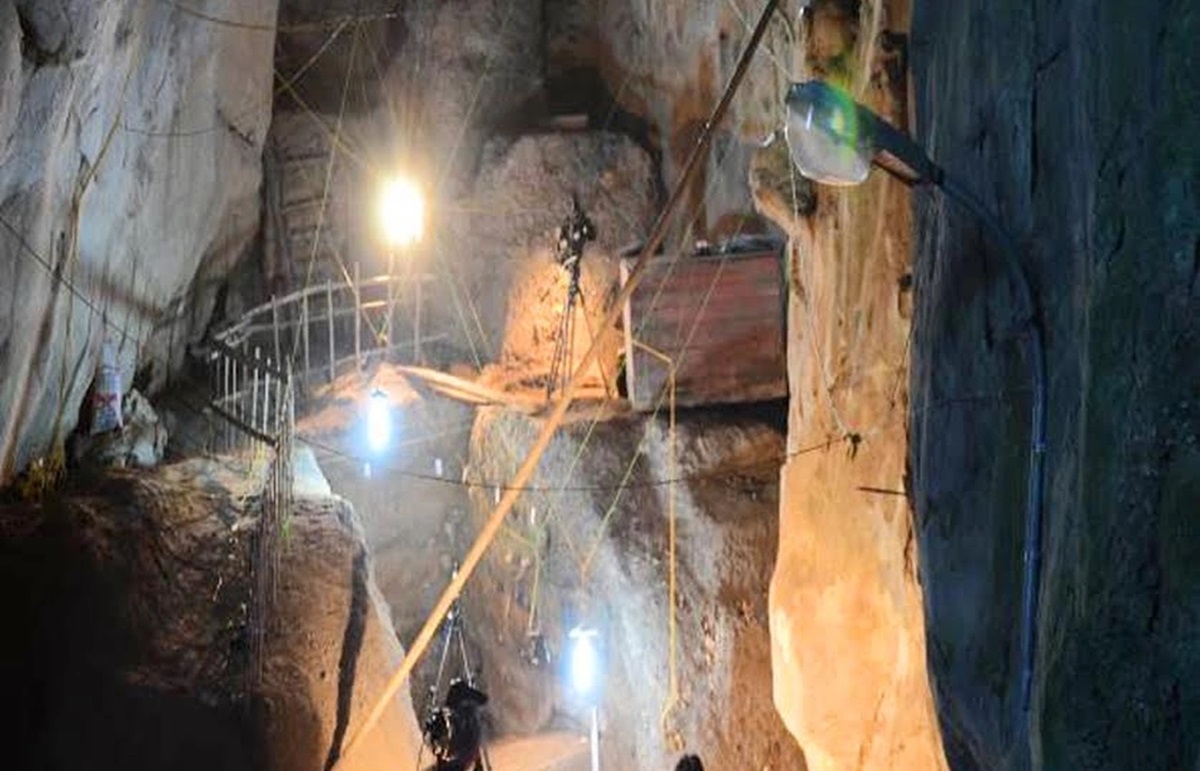
Through surveys and fieldwork, domestic and foreign scientists agree that the earliest date of Con Moong cave is about 15,000 years ago.
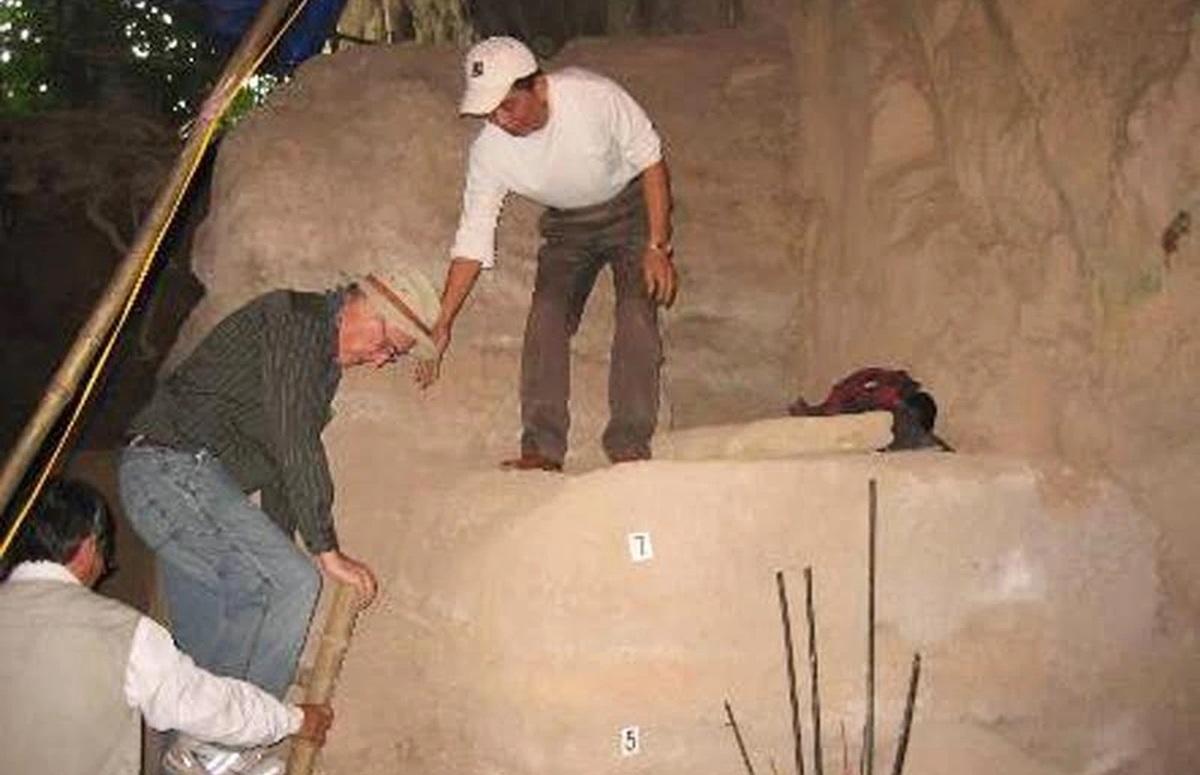
This is one of the sites with thick and well-preserved strata in Vietnam and Southeast Asia, with a depth determined by scientists to be 9.5 m.
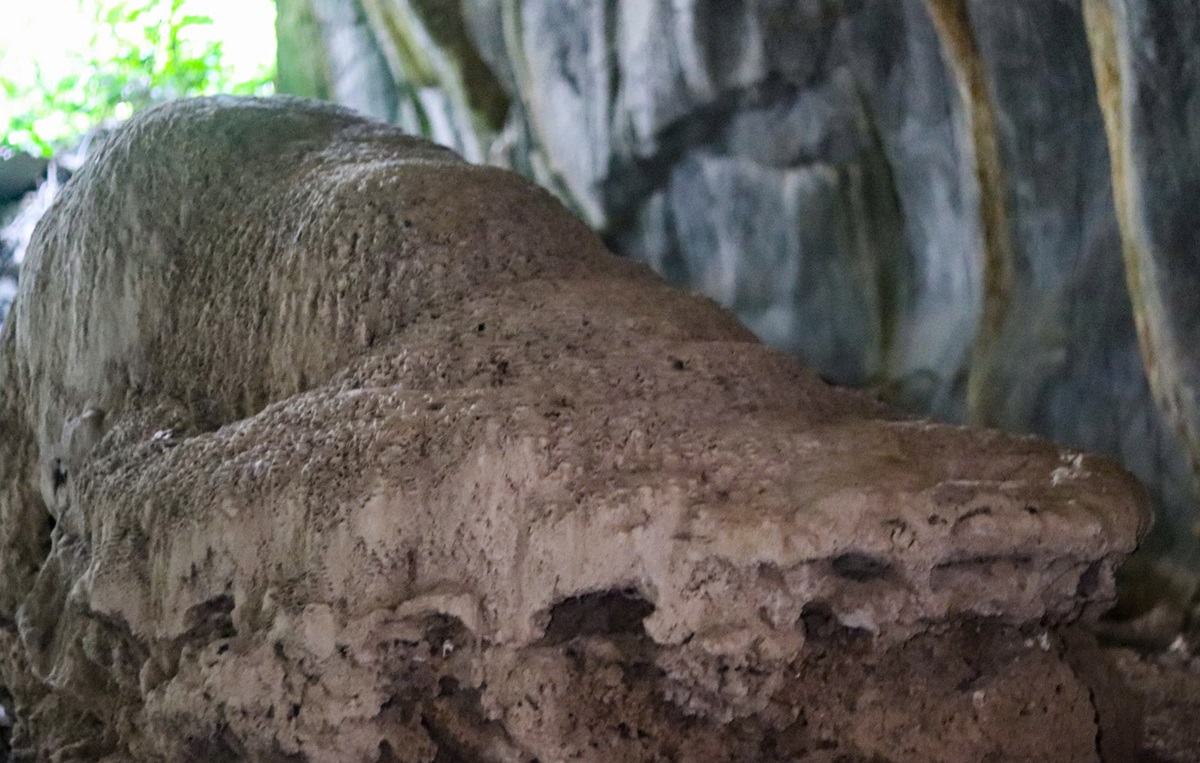
Through many excavations, archaeologists discovered 10 different structural layers.
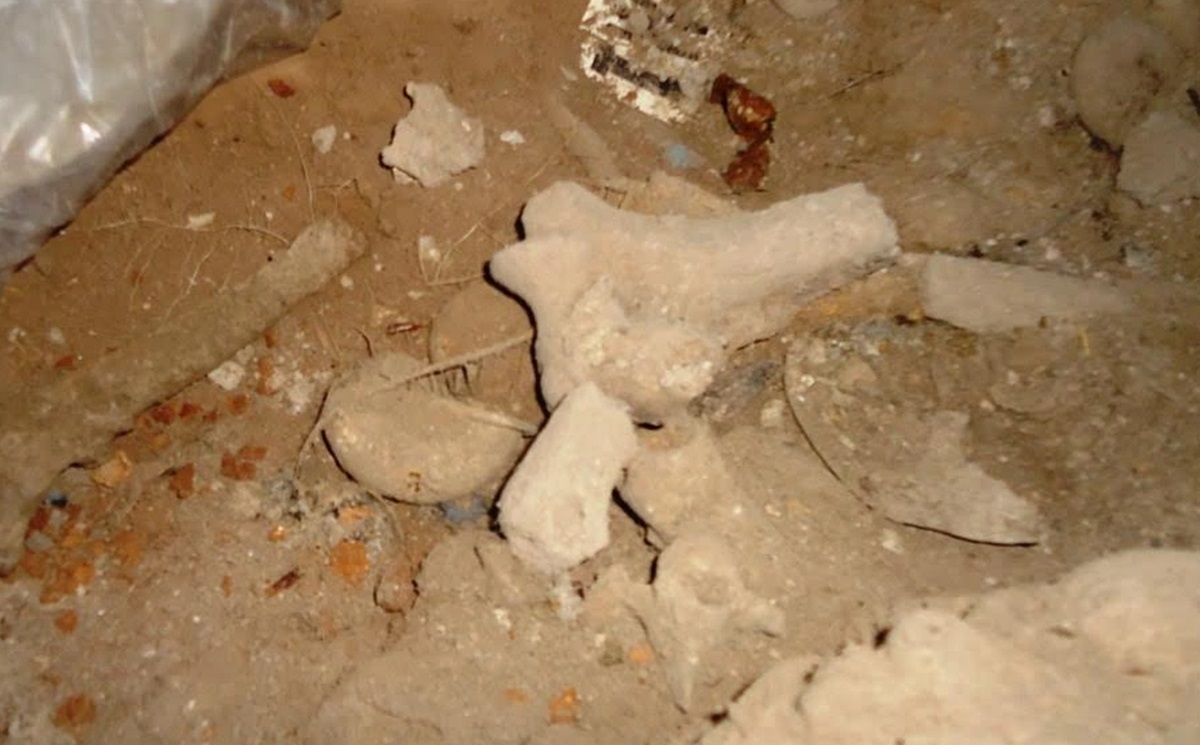
In layers 1 to 6, labor tools, animal bones, and mollusk shells were found. Layers 7 to 10 have quartz stone tools, the most concentrated relics are in layer 10 (depth from -8.5 m to -9.5 m).

In particular, here, archaeologists have found burials in the "lying with knees bent" style - one of the earliest burial styles of humans.
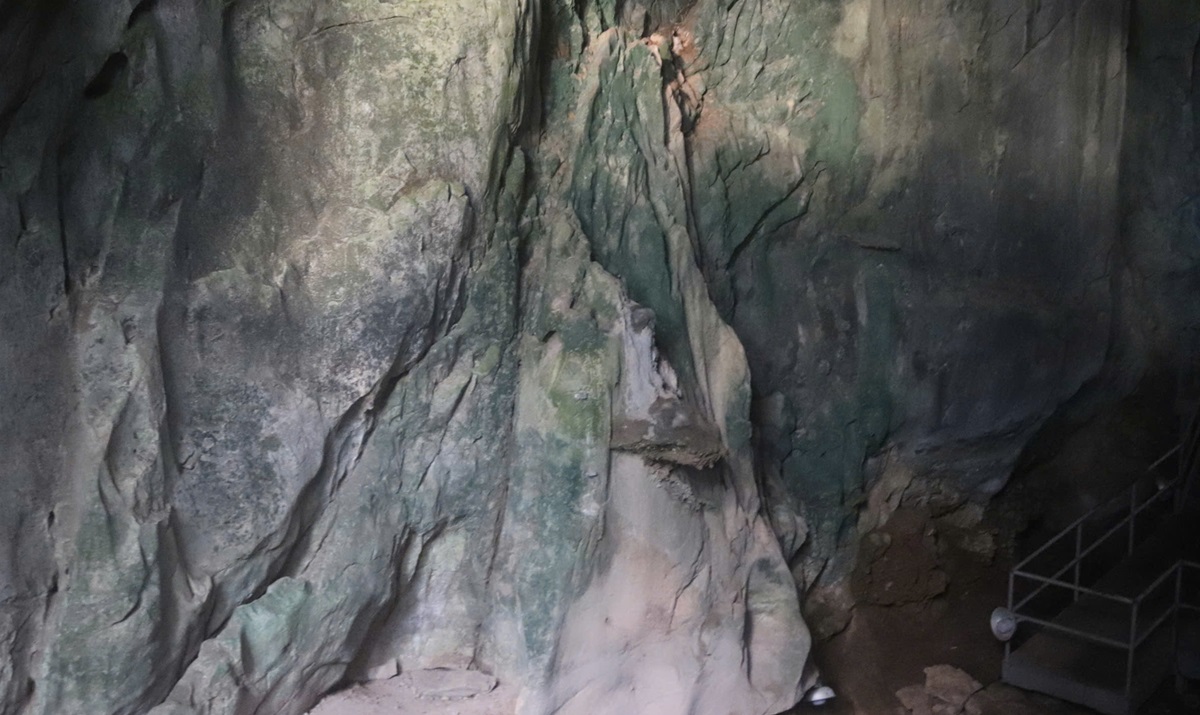
According to the assessment of domestic and foreign archaeologists, Con Moong Cave recorded 4 stages of cultural development from pre-Son Vi, Son Vi, Hoa Binh - Bac Son to Da But.
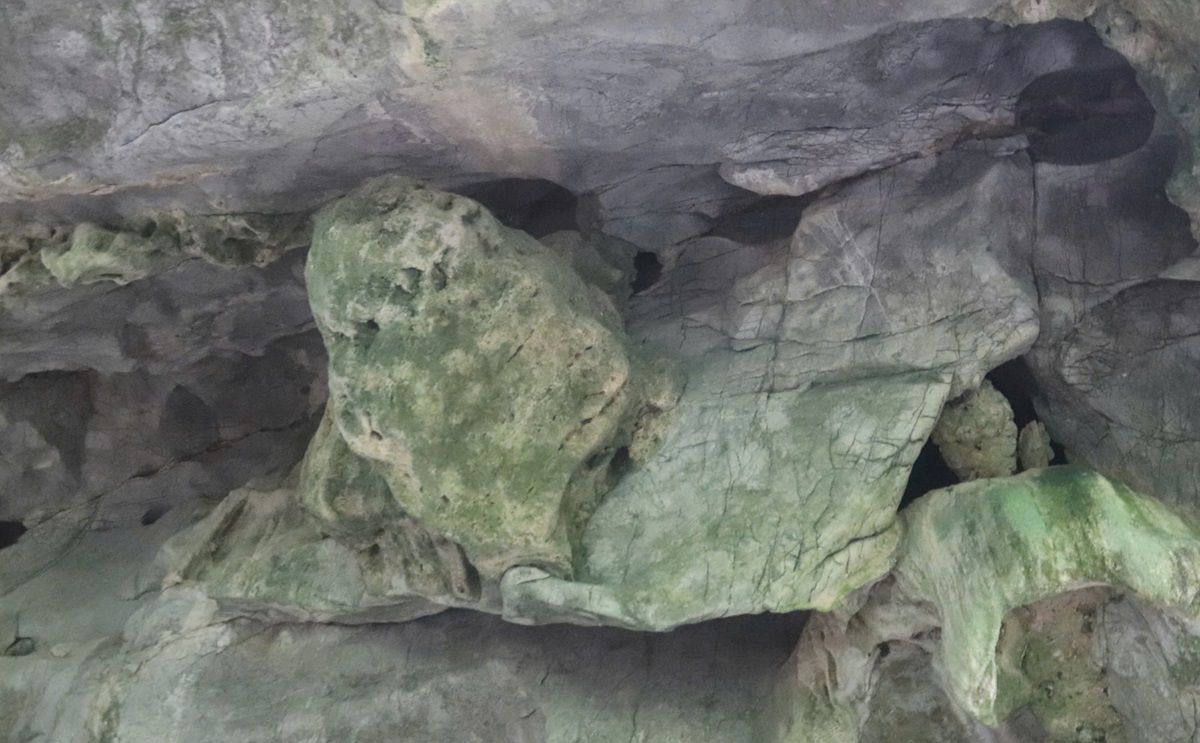
Sedimentary layers inside Con Moong Cave
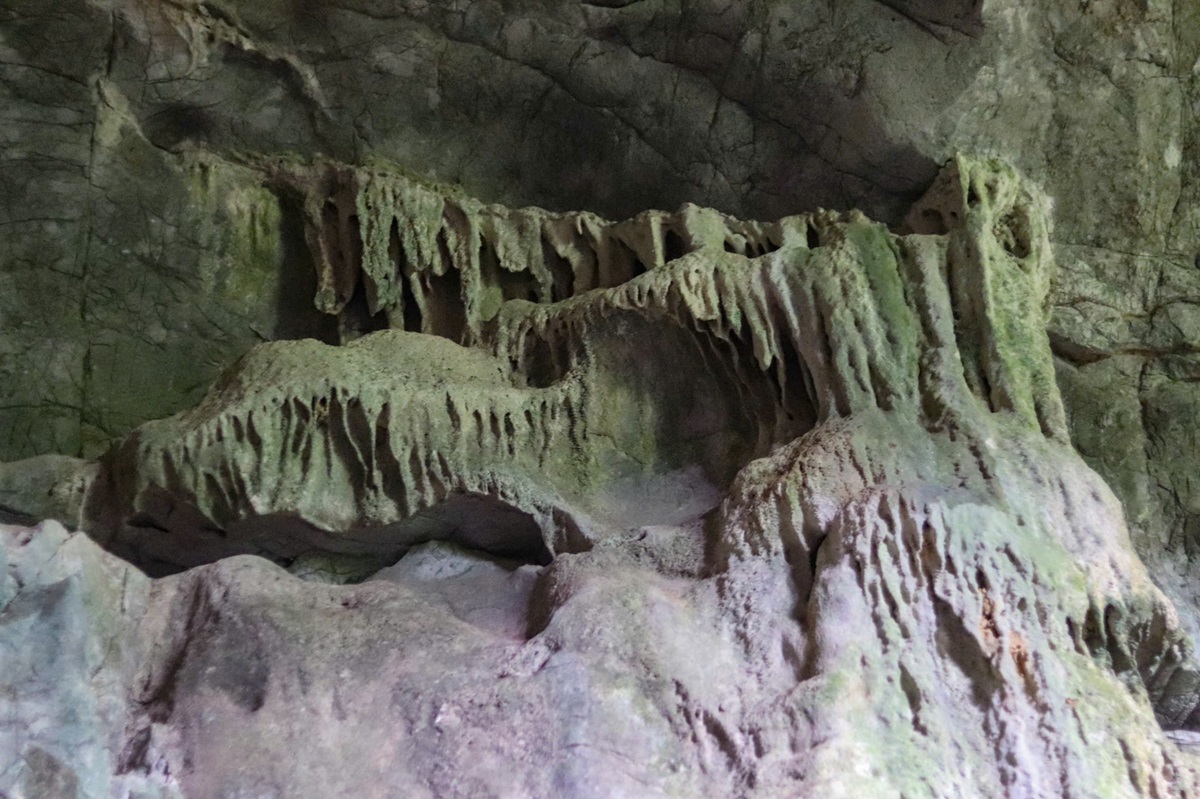
In addition to its immense scientific, cultural and historical research value, Con Moong Cave is also an attractive discovery destination for tourists.

Every year, many tourists come here to explore.
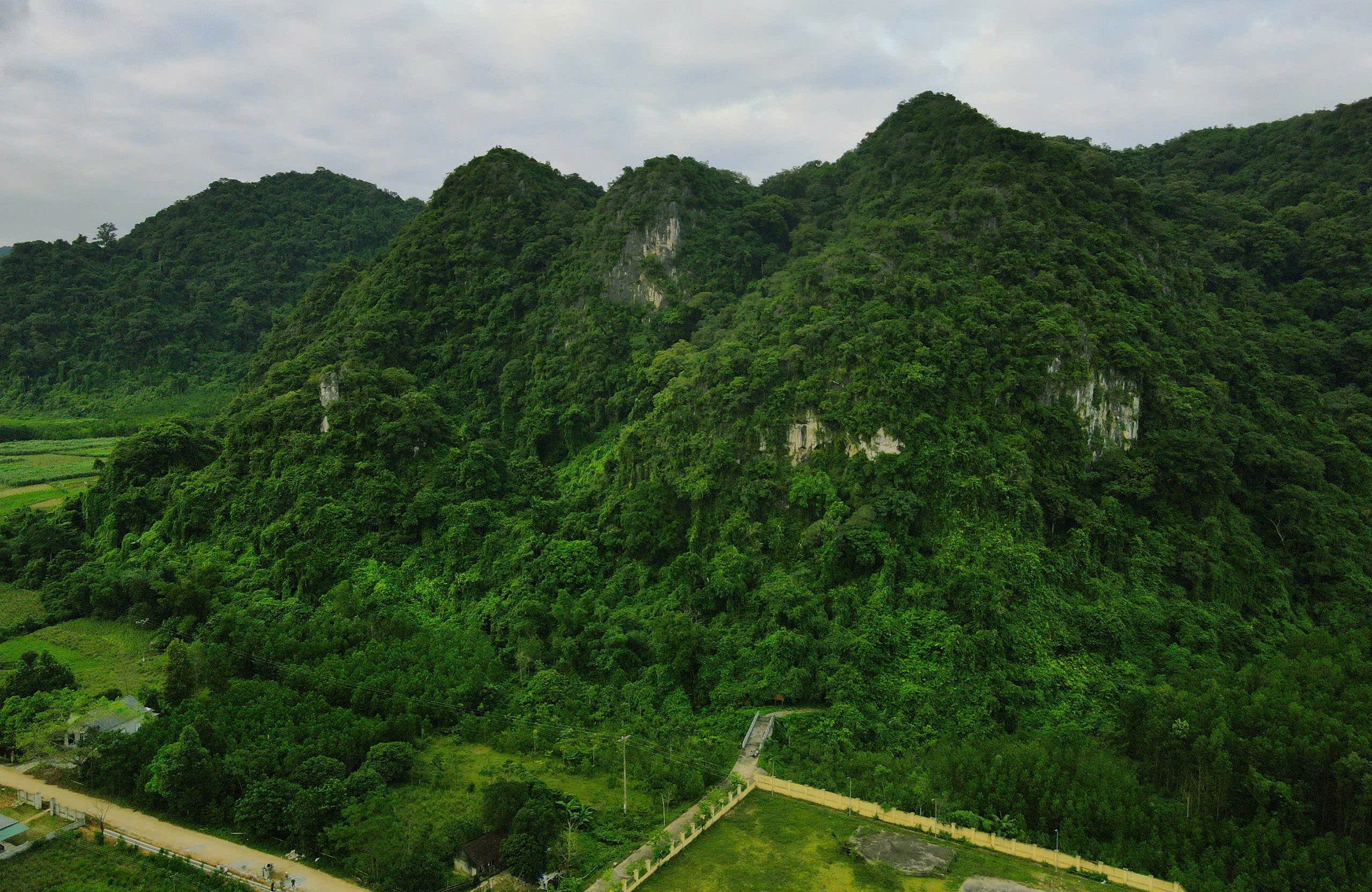
Con Moong Cave is currently being submitted to UNESCO for recognition as a World Cultural Heritage Site. If this archaeological site and other residential sites in Cuc Phuong National Park are recognized by UNESCO, this will be the first inter-provincial World Heritage Site in Vietnam.
Source: https://nld.com.vn/bi-an-ben-trong-hang-dong-co-dau-tich-nguoi-tien-su-196241101093017614.htm















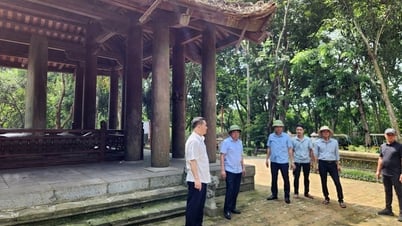
















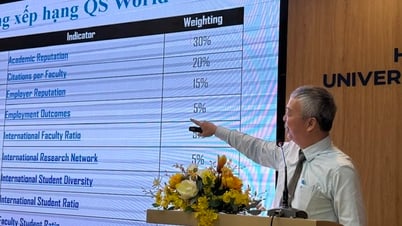


























































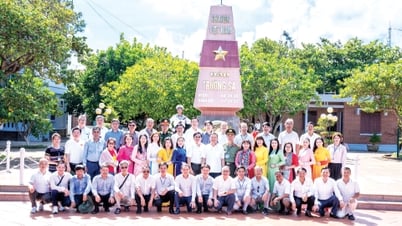















Comment (0)